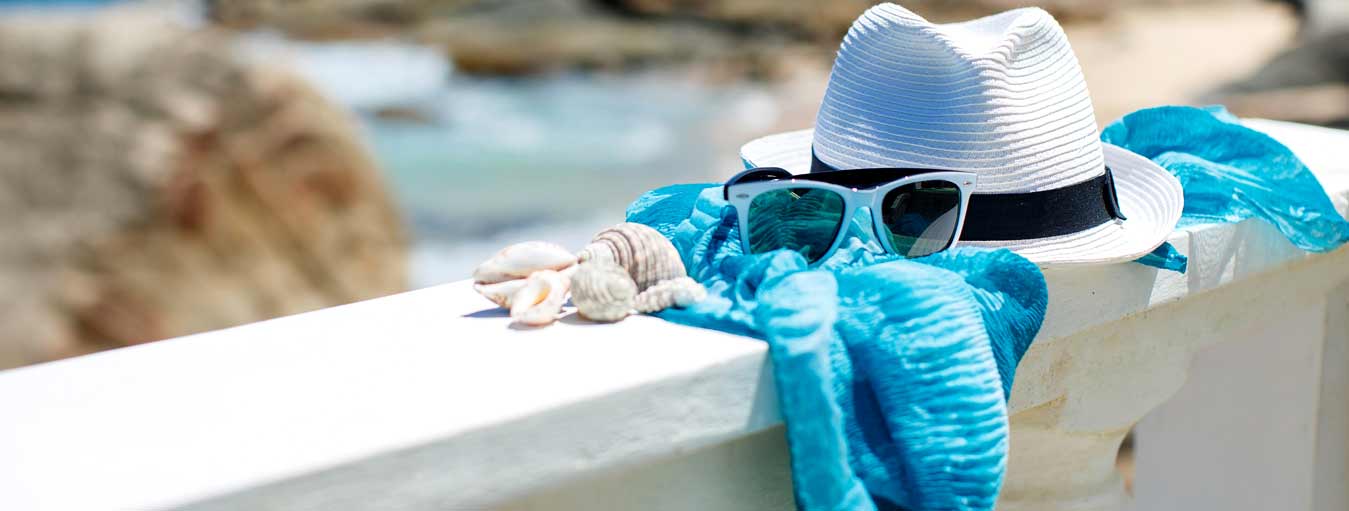Blog
-

Drawing Attention To Global Hearing Care
 29 Feb , 2016
29 Feb , 2016
It seems that the stars had aligned to move along the global ear and hearing health agenda for a new World Health Assembly (WHA) resolution in 2016.
Prior to the 68th World Health Assembly, which was held in May 2015, Member State South Africa, requested that the World Health Organization (WHO) prepare and submit a report about the 1995 WHA resolution on the prevention of hearing loss (WHA48.9).
In an impressive demonstration of collegiality, the International Society of Audiology (ISA), CBM, and the International Federation of Otorhinolaryngological Societies (IFOS) co-organized an officially recognized side event chaired by WHO, Action for Better Hearing: Promoting Ear and Hearing Care at Primary Level. Though the report on the prevention of disabling hearing loss was tabled, 56 countries, observers, and nongovernmental organizations made statements highlighting the relevance of hearing loss and asked WHO to fast-track its work in this area. Forty-eight Member States called for the preparation of a new resolution.
The 1995 resolution urged “Member States to prepare national plans for the prevention and control of major causes of avoidable hearing loss … to take advantage of existing guidelines and regulations or to introduce appropriate legislation for the proper management of … causes of deafness and hearing impairment … to ensure the highest possible coverage of childhood immunization against the target diseases … to consider the setting up of mechanisms for collaboration with nongovernmental or other organizations for support to, and coordination of, action to prevent hearing impairment … to ensure appropriate public information and education for hearing protection.”
After WHA resolutions are sanctioned, there is an expectation that periodic reports will inform the WHO Executive Board and WHA of any progress or suggested replacement to the resolution. Depending on the health issue in question, it is reasonable to expect resolutions to be updated or replaced every two to five years.
Such has not been the case with the 1995 WHA resolution on hearing loss prevention. Without a doubt, the identification, intervention, and long-term rehabilitation for ear and hearing conditions has changed significantly over the last 20 years.
It may seem a simple matter to submit a report. However, for global equity and fairness, there are strict rules, procedures, and protocols for WHA reports and resolutions. Some health conditions, like Ebola, malaria, and tuberculosis, have built-in public recognition and awareness, and remain high national health office priorities. Hearing loss and deafness, on the other hand, often are neither understood nor considered a health problem or disability, and they require a great deal of awareness raising and education.
So, where does a resolution for ear and hearing care stand in the global landscape? Despite the calling for a new resolution on hearing loss, the advocacy work is not finished. It is now critically important for all parties who are stakeholders for ear and hearing issues to continue to approach and educate those Member State delegates who participate in the Executive Board to bring forward a much needed new resolution at WHA 2016 and all future WHAs. It will take our global community of ear and hearing stakeholders a concerted effort to move this important resolution forward, but it is an effort well worth making!
Copyright © 2016 Wolters Kluwer Health, Inc. All rights reserved.
Source: Dr. Clark is a member of The Hearing Journal Editorial Advisory Board, a clinical associate professor at the University of Texas at Dallas’s School of Brain and Behavioral Sciences, and a research scholar at the University of the Witwatersrand in Johannesburg, South Africa.
Image credit: Jackie L. Clark, PhD





























































































































































































































































































































































































































































































































































































